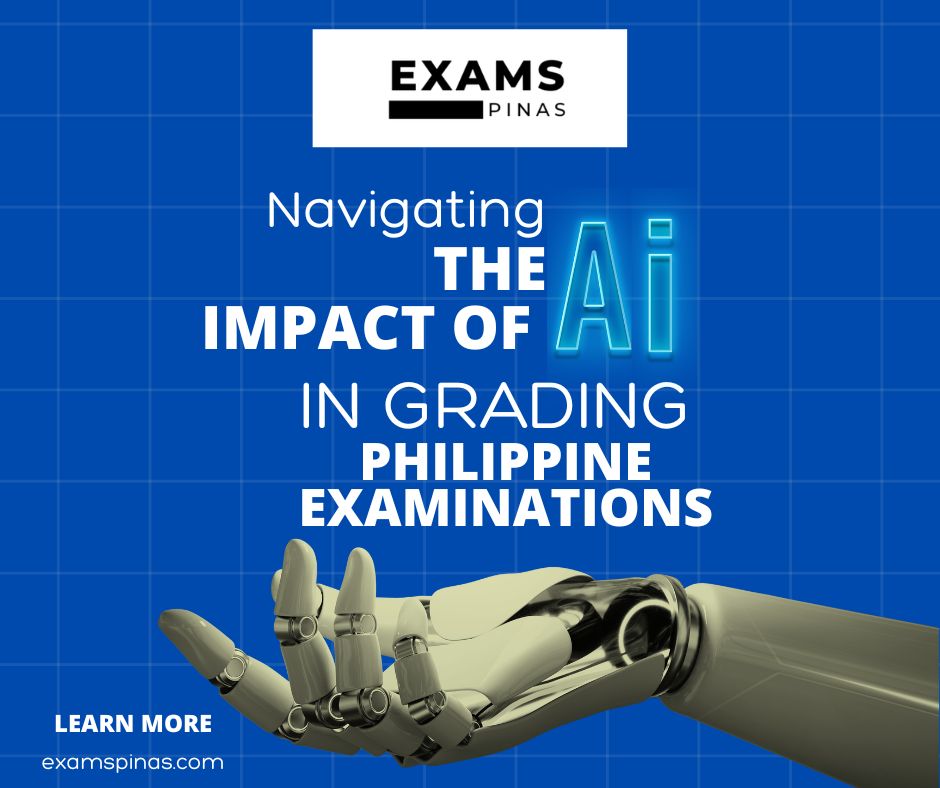In the dynamic landscape of Philippine education, the integration of technology has revolutionized various aspects of teaching and learning. One significant area of transformation is the grading of examinations, where Artificial Intelligence (AI) is making waves. Join us as we explore the implications of AI in grading Philippine examinations and uncover its impact on students, educators, and the education system as a whole.
Embracing Technological Integration in Education
The Role of AI in Grading
Artificial Intelligence algorithms are designed to analyze and evaluate student responses in examinations, offering a faster and more efficient alternative to traditional manual grading methods.
Benefits of AI Grading
Automated grading with AI offers advantages such as speed, accuracy, and consistency, allowing educators to focus more on personalized student support and instructional activities.
Understanding the Impact on Students
Immediate Feedback
AI grading systems provide students with immediate feedback on their performance, enabling them to identify areas of strength and areas needing improvement.
Fairness and Equity
AI grading helps mitigate bias and subjectivity in assessment, ensuring that all students are evaluated based on merit and performance rather than external factors.
Empowering Educators
Time Efficiency
Automated grading saves educators time by eliminating the need for manual assessment, allowing them to allocate more time to teaching and other instructional activities.
Data-Driven Insights
AI grading generates valuable data insights that educators can use to identify trends, patterns, and areas for curriculum improvement.
Challenges and Considerations
Ensuring Accuracy
While AI grading offers efficiency, ensuring the accuracy and reliability of automated assessments remains crucial to maintaining the integrity of examination results.
Balancing Technology and Pedagogy
Educators must strike a balance between leveraging AI technology for grading and maintaining the essential human element in teaching and learning.
The Future of Examination Grading in the Philippines
Embracing Innovation
The adoption of AI in grading represents a significant step towards modernizing Philippine education and preparing students for the demands of the digital age.
Continuous Improvement
As technology evolves, educators must embrace continuous learning and adaptation to leverage AI grading effectively and maximize its benefits for student learning outcomes.
Conclusion: Embracing the Future of Examination Grading
In conclusion, the integration of AI in grading Philippine examinations marks a transformative shift in the education landscape. By harnessing the power of technology, educators can enhance assessment practices, promote fairness and equity, and empower students to succeed academically.

